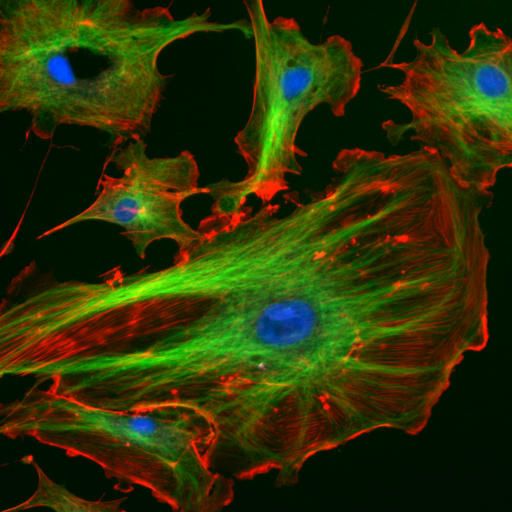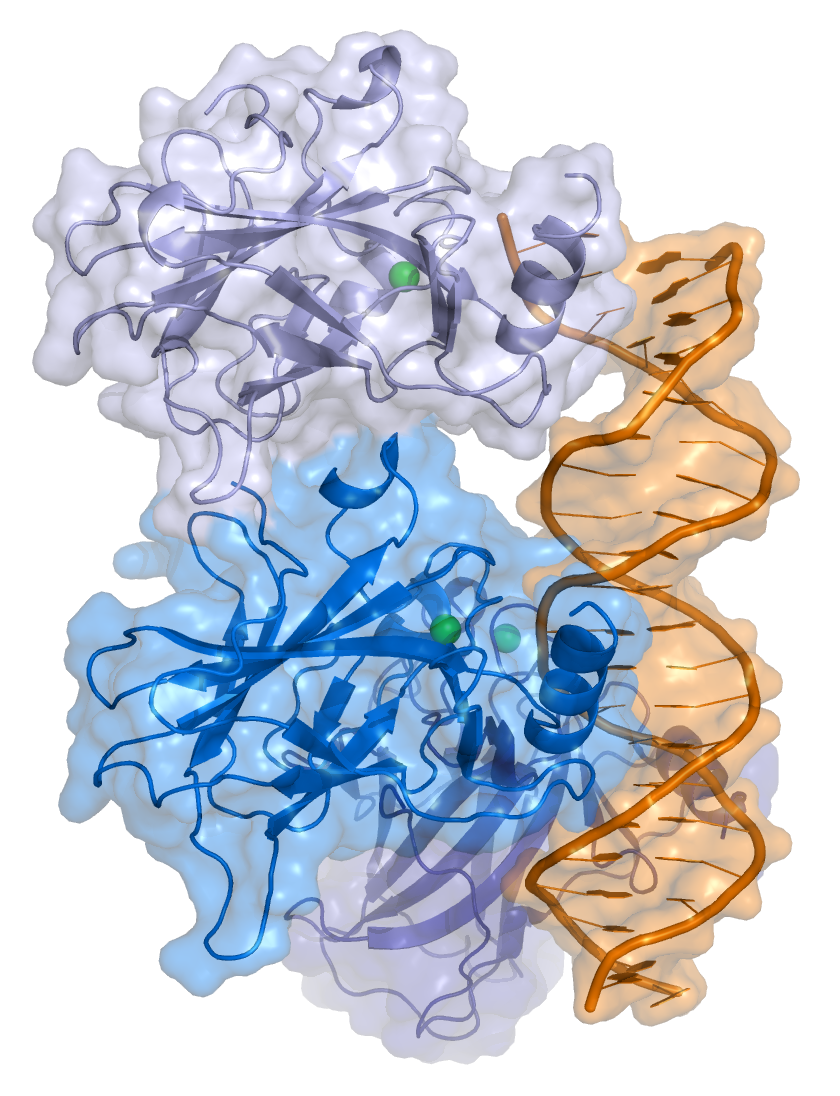Some websites do a weekly best of the web and, frankly, I wish I were that well read or that ambitious. In lieu of such lofty ambitions, I will share a listicle of some of my favorite science articles and blog posts. Enjoy!
The Man with the Golden Blood: This Mosaic Science piece explores the market for rare blood; easily one of the best long reads I have found. This makes a good compliment to the Radiolab episode on Blood.
Brazil's Cancer Curse: Title aside, this is a great story by Sue Armstrong, whose book about p53 I recently reviewed. She digs deep into a Brazilian cancer cluster and how the doctors made the link to p53 mutations. The best part is the speculations about where this mutation arose and how it fixed in the population.
He Thinks He's Untouchable: Yes, this is BuzzFeed and yes, it is worthy of this list. This is one of many well researched and frankly exasperating stories about sexual harassment in academia. I have read too many of these stories, this one is definitely the most extreme of them all.
The Unique Merger That Made Ewe, You and You: A list of great science reporting would not be complete without something from Ed Yong. Frankly, it's difficult to choose just one. This one is a favorite simply because it addresses a subject dear to my heart: endosymbiotic evolution.
Lessons of Immortality and Mortality From My Father, Carl Sagan: A bit far adrift for science articles, but this story from Carl Sagan's daughter was published at the perfect time in my parenting life–after the death of a close friend of the family. It helped me find a way to frame life and death in a way consistent with my perspective as a scientist and a way that was understandable to a young child.
Medical Research: Cell Division: A title that doesn't really capture the awesomeness at the heart of this story. In the vein of Rebecca Skloot's HeLa cell book, this story captures the ethical issues surrounding the Leonard Hayflick's creation of the WI-38 cell line from an aborted fetus. The author, Meredith Wadman, has a book related to this topic coming out in early 2017.
 He may have invented one of neuroscience’s biggest advances. But you’ve never heard of him: Another title I hate hiding a story I love from STAT news. This one surrounds the invention of optogenetics in neuroscience. For me, it highlights the need for researchers to be sure readers and editors understand the implications of their work.
He may have invented one of neuroscience’s biggest advances. But you’ve never heard of him: Another title I hate hiding a story I love from STAT news. This one surrounds the invention of optogenetics in neuroscience. For me, it highlights the need for researchers to be sure readers and editors understand the implications of their work.
How Elizabeth Holmes's House of Cards Came Tumbling Down: Again, this story is not in my usual wheelhouse, but I have been following the story of the Theranos company with great fascination. This Vanity Fair piece gets into how Holmes was able to convince everyone around her that this idea was the next Unicorn and that it was scientifically sound, even though she neglected to get the scientists and clinicians on board from the beginning.
Who was Phineas Gage?:This piece from Sam Kean gives you a great sense of what his book The Dueling Neurosurgeons is about. This may be one of the weirdest stories in science, so it makes sense that it was likely the start of Kean's book about the brain.
How Your Cat is Making you Crazy: I should be embarrassed to admit how many times I have shared this story from 2012, but I find it oddly compelling read about the strange effects of Toxoplasmosis (that stuff in cat poo) on the brains of humans and mice. It has all the things necessary for a good science article: cats, weird scientists, and unexpected results.
The Man with the Golden Blood: This Mosaic Science piece explores the market for rare blood; easily one of the best long reads I have found. This makes a good compliment to the Radiolab episode on Blood.
Brazil's Cancer Curse: Title aside, this is a great story by Sue Armstrong, whose book about p53 I recently reviewed. She digs deep into a Brazilian cancer cluster and how the doctors made the link to p53 mutations. The best part is the speculations about where this mutation arose and how it fixed in the population.
He Thinks He's Untouchable: Yes, this is BuzzFeed and yes, it is worthy of this list. This is one of many well researched and frankly exasperating stories about sexual harassment in academia. I have read too many of these stories, this one is definitely the most extreme of them all.
The Unique Merger That Made Ewe, You and You: A list of great science reporting would not be complete without something from Ed Yong. Frankly, it's difficult to choose just one. This one is a favorite simply because it addresses a subject dear to my heart: endosymbiotic evolution.
Lessons of Immortality and Mortality From My Father, Carl Sagan: A bit far adrift for science articles, but this story from Carl Sagan's daughter was published at the perfect time in my parenting life–after the death of a close friend of the family. It helped me find a way to frame life and death in a way consistent with my perspective as a scientist and a way that was understandable to a young child.
Medical Research: Cell Division: A title that doesn't really capture the awesomeness at the heart of this story. In the vein of Rebecca Skloot's HeLa cell book, this story captures the ethical issues surrounding the Leonard Hayflick's creation of the WI-38 cell line from an aborted fetus. The author, Meredith Wadman, has a book related to this topic coming out in early 2017.
 He may have invented one of neuroscience’s biggest advances. But you’ve never heard of him: Another title I hate hiding a story I love from STAT news. This one surrounds the invention of optogenetics in neuroscience. For me, it highlights the need for researchers to be sure readers and editors understand the implications of their work.
He may have invented one of neuroscience’s biggest advances. But you’ve never heard of him: Another title I hate hiding a story I love from STAT news. This one surrounds the invention of optogenetics in neuroscience. For me, it highlights the need for researchers to be sure readers and editors understand the implications of their work.How Elizabeth Holmes's House of Cards Came Tumbling Down: Again, this story is not in my usual wheelhouse, but I have been following the story of the Theranos company with great fascination. This Vanity Fair piece gets into how Holmes was able to convince everyone around her that this idea was the next Unicorn and that it was scientifically sound, even though she neglected to get the scientists and clinicians on board from the beginning.
Who was Phineas Gage?:This piece from Sam Kean gives you a great sense of what his book The Dueling Neurosurgeons is about. This may be one of the weirdest stories in science, so it makes sense that it was likely the start of Kean's book about the brain.
How Your Cat is Making you Crazy: I should be embarrassed to admit how many times I have shared this story from 2012, but I find it oddly compelling read about the strange effects of Toxoplasmosis (that stuff in cat poo) on the brains of humans and mice. It has all the things necessary for a good science article: cats, weird scientists, and unexpected results.


